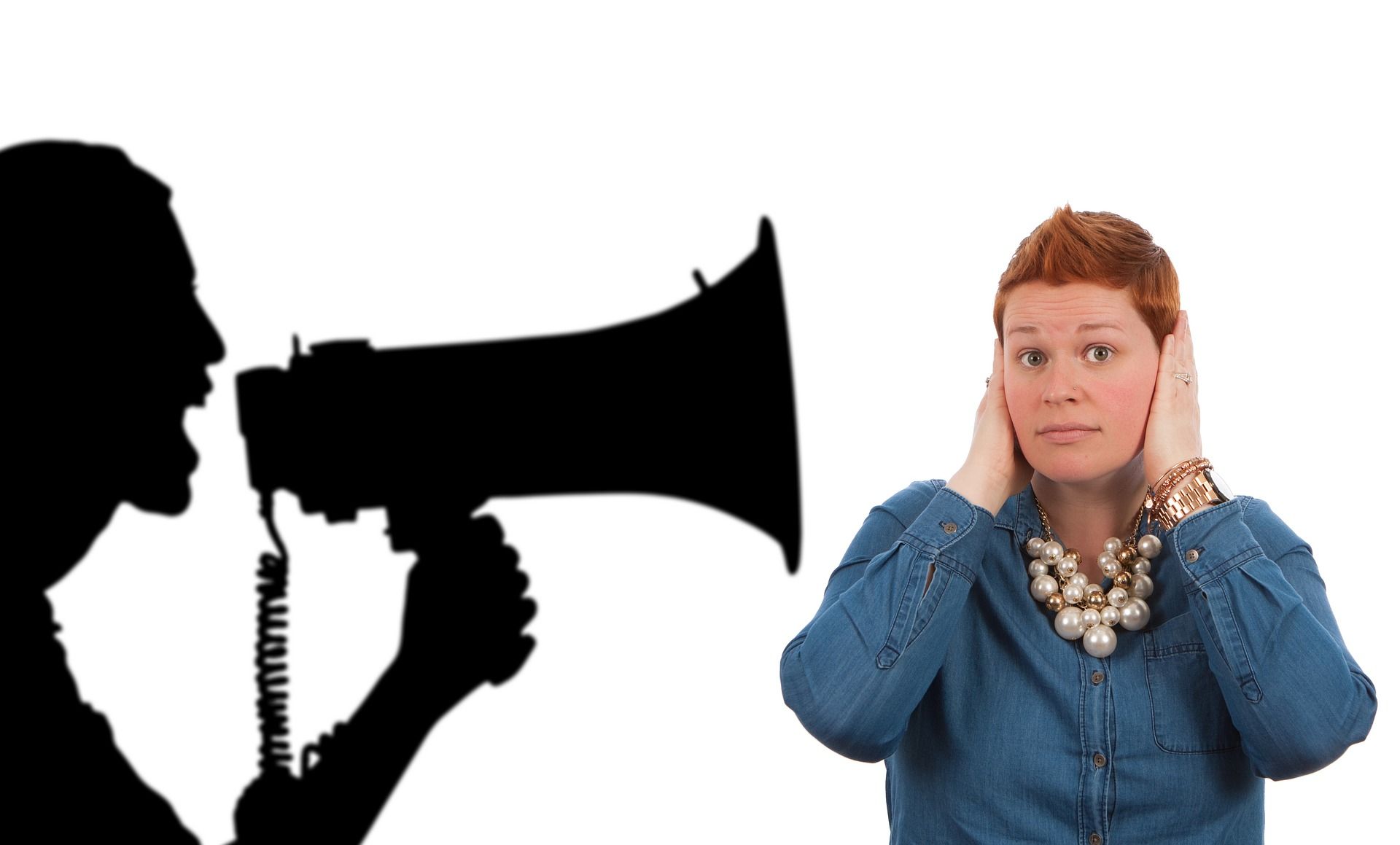Social media is a huge space. Planning and running an effective public relations campaign is not just a few tweets or posts on Facebook. To build brand awareness, increase website traffic and ultimately increase sales, something more is needed. The use of social media to strengthen and support PR activities is crucial today and is essential for any company that focuses on development.
Social media can be compared to a double-edged sword. In skilled hands, they are a powerful weapon in achieving PR goals. On the other hand, when used improperly, they can hinder the reputation management process and even cause more harm than good. Social media includes social networks such as Facebook and Linkedin, content sharing sites including YouTube, Instagram and Spotify, as well as microblogging sites such as Twitter. Due to their diversity, their use is also different.
How social media changed PR
Social media has changed PR in many ways. Let's focus on the areas in which they additionally strengthened it:
• PR and social media rely on communication, but social media allows for real-time messaging. What does it mean? They strengthen your message, making PR stronger and more effective. Thanks to social media, content posted through press releases, e-mails and other PR means can live longer, spread faster and reach further;
• social media made it possible for PR to reach a much larger audience. Previously, PR was targeted at specific individuals such as investors and business partners, but social media has widened this target group to include all the people necessary for the company's success;
• thanks to social media, PR has become more "friendly" to all people around the company, which results, for example, in the creation of a new area of marketing - relationship marketing. Presence in social media allows companies to be closer to their customers, employees and business partners on a daily basis.

Practical ways to include social media in your PR plan
Each social media platform has a unique character. Consequently, various social networks can support PR in a different, specific way. Below are some examples of how to use social media to add value to your PR plan.
The use of social media to strengthen and support PR efforts is crucial today.
Check how we can help you.
Facebook - if a company or brand has a lot to communicate and does so often, Facebook is a great place to do so. According to data as of December 31, 2019, 2.5 billion users a month use this communication platform. Facebook Video, Facebook Mentions, Facebook Notes, Facebook Instant Stories - these are only some of the tools available on Facebook that you can use thanks to social media to support your PR activities.
Twitter - is the best way to send a short, condensed message. Although the portal allows a maximum entry size of 280 characters, only 1% entries per Twitter achieves this limit.What can you publish in such a short post? News about a new point of sale, activity, promotion. Using hashtags on Twitter is a great way to keep track of what your audience and others are saying about your business or brand on social media.
LinkedIn - is a social networking site specializing in professional and business contacts. Here you can contact potential employees, share industry knowledge and disseminate attractive information B2B. It is also a great blogging tool.
Instagram - is a platform that focuses mainly on contact by means of an image. Visual materials are perfect for presenting, for example, the company's offer. The main thing is that everything should be thought out. Social media does not forgive mistakes. What will work in plus? Interesting shots and frames, taking care of aesthetics - these are issues that require a lot of attention. It is up to them how the brand will be perceived by users.
Social media and the synergy effect of PR and marketing activities
Today, social media serves a variety of purposes for businesses. Customer service can use them to manage product inquiries. As a PR tool, social media is used to build a positive image of the company. In case of crisis situation - as a reaction to posting negative or defamatory comments - they are used to defend the company's reputation. When a company promotes an offer aimed at increasing sales via social media, they perform a marketing function. A company blog can fulfill a double function. It is an excellent platform for brand positioning as an expert in its field. It can also be used to promote the activities that the organization supports and show them in such a way as to reinforce the loyalty of consumers to the brand.
The secret to maximizing the benefits of your company's presence on social media is to have them perform multiple functions simultaneously. In social media, PR and marketing are constantly intertwined, and thanks to the synergy effect their operation is even more powerful.
PR in social media - how to build an image?
Internet PR is an important element of the functioning of any brand. It is a way of communicating with recipients, building the company's recognition and shaping the image. Well-conducted PR has great potential. Social media is a powerful tool. However, mere presence on social channels is not enough. You have to get involved in running profiles. The key to success is an appropriate strategy that will define how we want to present the brand, what we want to achieve, and how we want to communicate with the recipients. The company's internet activity must have a purpose. Thanks to this, it will bring the expected results.
Creation image in social media is a time-consuming, demanding process. First of all, it is necessary to ensure consistency - compliance with the vision of the brand that is promoted outside the Internet. Coherent social media is an element of visual identification - the language he uses, colors and form of posts, name, profile picture. This is something that distinguishes the brand from the competition, gives it uniqueness - features that are typical only for it, consolidate its presence in the minds of recipients.
All social media specialists agree that "content is the key". Good content is essential. The content should be engaging and intriguing in its own way. Interesting posts will attract attention and allow you to reach a wide audience. The prepared content should feel passion and authenticity. Internet users will quickly sense falsehood and bad intentions, which may have a negative impact on the brand image. In order to create good content, you need an appropriate strategy. A brand must have an idea for itself and be fully involved in planning PR activities in social media.

Another important issue is matching the content to the target group. At the beginning of planning the strategy, it is necessary to outline the recipient's profile taking into account his gender, age, interests, preferences, education, profession, communication channels (this will enable the selection of appropriate social media channels - we will quickly reach the recipient). The analysis of the target group will help to determine the path that the brand should follow in social media - including the form and language of the posts. Anyone who wants to do good PR in social media must be familiar with communication - simple, ordinary, interpersonal communication based on emotions.
According to the SproutSocial analysis, social media is the preferred channel for building brand-recipient relationships. It is here that customers most willingly report problems and other important issues and count on feedback from the company. Speed of response is of great importance in social media. The brand should provide its recipients with instant feedback, efficiently and reliably respond to their inquiries and messages, and solve problems on an ongoing basis.
Do you want to operate more widely in social media?
We will create a strategy that will bring results.
PR in social media - advantages and disadvantages
Social media can be a helpful tool in conducting PR activities. First of all, they provide a chance to reach a wide audience. A single post can catch the attention of hundreds of people. Inspired recipients will share the content further (in their community), and thanks to this, even more people will learn about the brand's activities. Efficient PR in social media is a way to spread brand awareness and a chance to gain new customers.
Social media is the speed of communication! Social media enables instant actions and gives quick feedback. The brand introduces new products to its online store, informs about it on Facebook, hundreds of people know about it within a few minutes, and some of them immediately decide to place an order.
Being present in social media is a way to build close relationships with your customers. You can easily reach your audience through social channels. A brand that is committed to building strong ties with its community gains many loyal customers. Consumers feel that the company deals with them, they are not indifferent to it, and thus they attach more to it, trust it and identify with it.
A social media company can introduce influencer marketing as one of the elements of building awareness and image creation. Cooperation with Internet creators is a way to reach an even larger audience and create a brand that is more "human" - one that wants to be closer to its community. It is also a way to increase sales and generate high profits.
And what are the downsides of using social media in PR activities? Presence in social media is a necessity to constantly engage in content creation and profile development. It is also important to regularly test the effectiveness and modify the strategy if necessary. Good intentions alone are not enough. Social media takes time and a decent plan. Only then will they bear fruit.
On the Internet, many people feel anonymous and are willing to express their opinions. Unfortunately, numerous unfavorable comments may have a negative impact on the brand's image. Deleting entries is not the solution - it can put a business in a bad light, tarnishing its reputation. Before we decide to extend PR activities to social media, you need to prepare for criticism and plan a response strategy when it occurs.

As PR agency we feel obliged to warn against one. When deciding to act in social media, we must remember that nothing is lost on the Internet. It is enough for one recipient to take a screenshot of an inappropriate post and upload it to another page. And even though the ham brand will remove the entry, there is a possibility that it will circulate somewhere in the network, which will have a negative impact on its image.
Communication errors in social media
PR activities are aimed at creating and maintaining good relations between the company and its environment. Public relations is a communication management tool aimed at building a positive brand image and gaining trust among recipients. For actions to be beneficial, they must be carried out consistently and consciously. Incompetently directed steps may have a negative impact on the brand image. What are the most common communication mistakes in the company's social media?
Operation without a plan and lack of liquidity of publicationsi. PR activities in social media should be carried out according to a detailed plan. It is not just "posting". Strategy matters. The content must be thought out and skilfully constructed. It is also important that they are added regularly, with a certain frequency. Planning your posts in advance is very helpful in creating content - creating a plan, e.g. for a month ahead, and modifying it if necessary.

Mismatching the content to the audience or ignorance of the target audience. Knowing your own community is essential. If we do not know anything about it, we will not adjust the message to their preferences, and consequently the posts will not be as popular as we expected. Publications in social media should be composed in such a way that their form and language fit the target group. The presence in the appropriate media is also important here. It is easier to find one group via Instagram and another via Twitter.
Lack of communication with recipients. Customers who do not receive quick feedback will feel disregarded by the brand. Their confidence in the company will drop. Why? Because they took their time to find the brand's profile, write a comment or message, and did not receive any feedback. Failure to respond to recipients' messages is a manifestation of unprofessionalism on the part of the company, which may damage its reputation. An effective help in the analysis of brand mentions (also in social media) is media monitoring. Monitoring tools (such as Brand24, SentiOne or Hootsuite) allow you to reach everywhere where brand discussions are taking place, send notifications of information important to the company and enable immediate reaction to all comments - both positive and negative.

Identical content on all social channels. Published posts must be consistent. However, duplicating content across all platforms is a big mistake. Each medium has its own specificity that must be taken into account when planning a publication. Audiences who follow the brand on each channel don't want to watch the same. Expect varied content.
Uninteresting content and publishing untrue content. Posts need to be interesting and engaging. Boring content will not attract the attention of recipients and will not bring the expected results. In social media, you need to take thoughtful steps and consciously create messages and, above all, follow fake news. Internet users will quickly pick up false information, which can reduce their trust in the brand.
Not tracking trends. Reacting to trends can positively affect the popularity of a brand's profiles in social media, which will translate into an increase in its market position. However, it is important to do it with caution and idea. The brand's mission, vision and goals should always come first.

